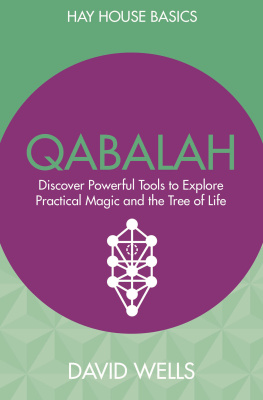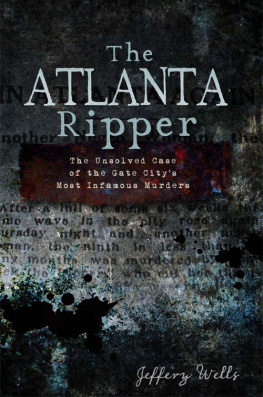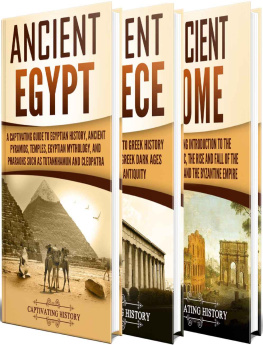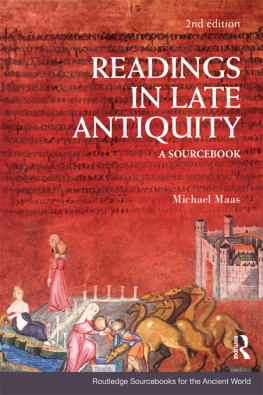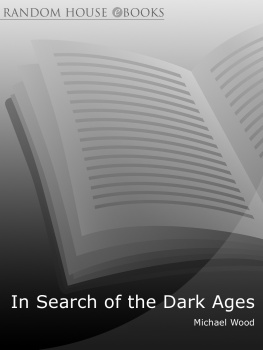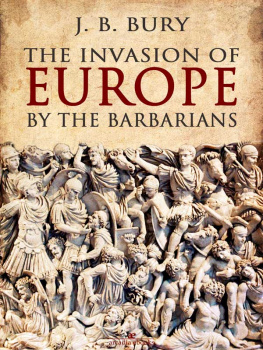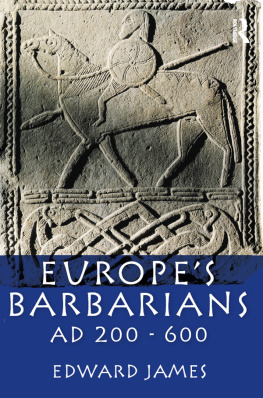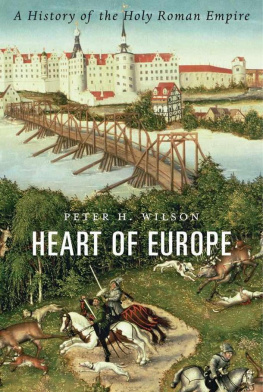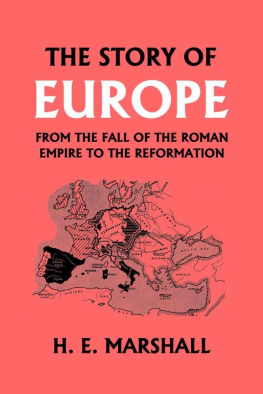Also by Peter S. Wells
Peter S. Wells
W. W. Norton and Company
Copyright 2008 by Peter S. Wells
Wells, Peter S.
Barbarians to angels : the Dark Ages reconsidered / Peter S. Wells.1st ed.
p. cm.
Includes bibliographical references.
ISBN: 978-0-393-06937-2
1. Middle Ages. 2. Civilization, Medieval.
3. EuropeHistory4761492. I. Title.
D117.W45 2008
940.1'2dc22
W. W. Norton & Company, Inc.
500 Fifth Avenue, New York, N.Y. 10110
www.wwnorton.com
W. W. Norton & Company Ltd.
Castle House, 75/76 Wells Street, London W1T 3QT
Preface
IN NORTH AMERICA AND EUROPE, WE TRACE THE development of our societies through the ancient Greeks and Romans, the Renaissance, the Enlightenment, the Industrial Revolution, and into the twentieth and twenty-first centuries. But there is one period that seems to represent a major break in this story of progressive emergence of civilizationthe Dark Ages that followed the glories of the Roman Empire. Many of our ideas about barbariansilliterate and violent peoples who invade, loot, and pillage civilized communitiescome from descriptions by late Roman writers of groups they called Alamanni, Franks, Goths, and Huns. Our popular understanding of the centuries that followed the decline of the Roman Empirefrom A.D. 400 to 800depends largely on the picture of barbarian invaders that Edward Gibbon presented in his History of the Decline and Fall of the Roman Empire, published more than two hundred years ago.
Gibbon portrayed Roman civilization in glorious terms:
In the second century of the Christian era, the empire of Rome comprehended the fairest part of the earth, and the most civilised portion of mankind. The frontiers of that extensive monarchy were guarded by ancient renown and disciplined valour. The gentle, but powerful, influence of laws and manners had gradually cemented the union of the provinces. Their peaceful inhabitants enjoyed and abused the advantages of wealth and luxury. The image of a free constitution was preserved with decent reverence. The Roman senate appeared to possess the sovereign authority, and devolved on the emperors all the executive powers of government. During a happy period of more than fourscore years, the public administration was conducted by the virtue and abilities of Nerva, Trajan, Hadrian, and the two Antonines.
Among the innumerable monuments of architecture constructed by the Romans, how many have escaped the notice of history, how few have resisted the ravages of time and barbarism! And yet even the majestic ruins that are still scattered over Italy and the provinces would be sufficient to prove that those countries were once the seat of a polite and powerful empire.
Thus Gibbon presents the Roman Empire of the late first and second centuries as a cultural and political paradise.
He then goes on to describe the ravages of the Goths, Vandals, Huns, and other barbarian peoples who brought a violent end to this near-perfect world.
The haughty Rhodogastmarched from the northern extremities of Germany almost to the gates of Rome, and left the remains of his army to achieve the destruction of the West. The Vandals, the Suevi, and the Burgundians formed the strength of this mighty host;the Alaniadded their active cavalry to the heavy infantry of the Germansand the Gothic adventurers. Twelve thousand warriors, distinguishedby their noble birth or their valiant deeds, glittered in the van; and the whole multitude, which was not less than two hundred thousand fighting men, might be increased by the accession of women, of children, and of slaves, to the amount of four hundred thousand persons.
Such images of teeming hordes of barbarians descending on the civilized world of Rome formed the basis of many peoples ideas about the fall of the Empire and the beginning of the chaos that followed.
According to this view, accepted by many who read and admired Gibbons great historical work, only with Charlemagne about the year A.D. 800 did European societies again strive to attain the cultural achievements of the Romans. Charlemagnes policies fostered the spread of literacy, the rebirth of Roman-style architecture, and a renewed flourishing of learning and the arts. From Charlemagne and the Holy Roman Empire, we can trace a more-or-less direct line to the Renaissance and modern times.
But there is a fundamental problem with this picture of a four-hundred-year gap in which barbarism prevailed, and this book presents a different perspective on the period. The idea of the Dark Ages is a historical relic from the time when texts were the only source of information about the past, and no one understood the archaeological evidence well enough to use it to fill the gap. By texts I mean the information that was recorded by writers of the timesuch as St. Jerome and St. Patrick in the fifth century, Gregory of Tours in the sixth, and Bede in the eighthand has survived as original manuscripts or in later copies. As we shall see, these writings were strongly biased toward a Rome-centric view of the world.
We now have the benefit of archaeological material from the first millennium, which is rich enough to give us a powerful alternative picture. As I show in this book, the time once known as the Dark Agesthe fifth through eighth centurieswas anything but dark. It was a time of brilliant cultural activity. Only writers who believed that Rome and its society and values constituted the ideals of human existence viewed succeeding centuries as a period of decline and darkness. If we focus on the material evidence that the peoples of temperate Europe left behind, instead of on the rantings of late Roman writers about societies they did not understand, we see a creative and dynamic picture of these centuries emerge. Subsequent developments in Europe, including the Renaissance and modern civilization, owe as much to the barbarians as to Rome. Rather than a disjuncture in cultural life, the fifth, sixth, seventh, and eighth centuriesthe Dark Ages to somewere times during which Europeans created the basis for medieval and modern Western civilization.
The title of this book has significance on two levels. Barbarians to Angels represents the major change in our understanding of the period known as the Dark Ages, from one based on late Roman written sources that portray the time as one of violence and chaos, to a largely archaeologically based perspective that highlights the significant cultural achievements of the period. The title derives from two works that emphasize very different perspectives on the people who lived during the fifth through eighth centuries. In The History of the Decline and Fall of the Roman Empire , Gibbon referred to the ravages ofbarbarism. When Gerald of Wales saw illuminated Biblical texts in Ireland, such as those discussed in chapter 12, this twelfth-century writer observed that these extraordinary artistic products must be the work of angels.




